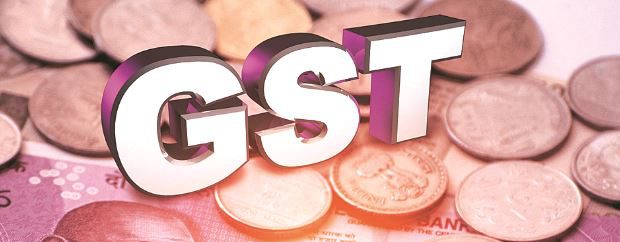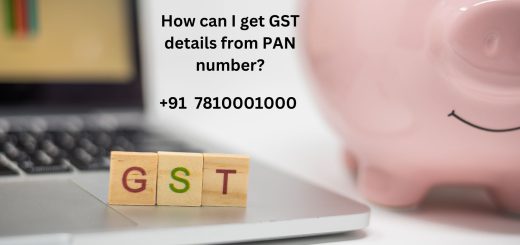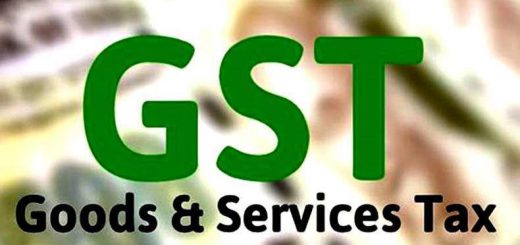Things to know about composition scheme under GST
Here, we are going to discuss the things about the composition scheme in GST in a precised manner.
Documents that a composition dealer can issue while making supply:
A composition dealer cannot issue any tax invoice because those dealers cannot charge tax from their customers. They need to pay the tax on their own. Bill of supply has to be issued by the dealer.
What is bill of supply?
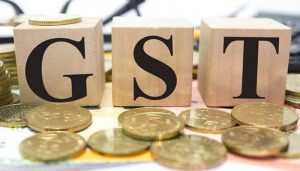
A business which is registered under GST issues a tax invoice to the buyer, such an invoice mentions the GST rate which has been charged on the goods and services sold.
Some of the businesses which have been registered under GST cannot charge any tax on the invoice issued by them so such dealers could issue the bill of supply.
A bill of supply will be issued when GST is not applicable on the transaction or when the GST could not recover from the customer.
Composition dealer:
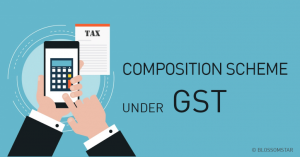
A taxpayer whose turnover is less than 1 crore can opt for composition scheme. A dealer opting for this scheme has to deposit the tax on their receipts themselves, they are not allowed to collect the tax from any buyers. Thus, instead of tax invoice bill of supply need to be produced.
Composition dealer has to mention the words that composition taxable person are not eligible to collect the taxes on supplies
Exporters:
Exporters are also not required to charge GST in their invoice because the export supplies are zero-rated. If taxpayer is exporting goods, he can issue a bill of supply in the place of in-voice.
Things to mention in the bill of supply:
- On the payment of IGST, supply meant for exports.
- Supply meant for exports under letter of undertaking without payment or bond or IGST.
Exempted goods supplier:
When the registered dealer supplies the exempt goods or services, they need to issue bill of supply.
For instance, if a taxpayer provides the unprocessed agricultural products, they have to issue a bill of supply rather than the tax invoice.
Exempted goods:
Some goods are kept under nil or 0% GST. Here is the list of items which are exempted from GST.
- Edible vegetables, cereals.
- Fish (not frozen or processed).
- Cane jiggery.
- Tender coconut water.
- All goods of seed quality.
- Coffee beans (not roasted).
- Unprocessed green leaves
- Raw silk and silk waste.
- Organic manure without holding any brand name.
- Coconut, coir fibre, jute fibre and cotton used in khadi yarn.
- Meat (not in a frozen state or put up in a container).
- Kumkum, bindi, sindur and all types of contraceptives.
- Firewood, fuel wood and wood charcoal.
- Handlooms, hearing aids, and space crafts.
- Postal items like envelope, postal cards, and judiciary and non-judiciary stamps.
- Printed books, newspaper and maps.
- Fresh ginger and turmeric.
- Human blood and its components.
- Betel leaves, earthen pot and clay lamps.
Returns to be filed by the composition dealer:
A dealer needs to file the quarterly return GSTR-4 by 18th of the month and the annual return GSTR-9A to be filed by 31st december of the next financial year.
What is GSTR-4 return?
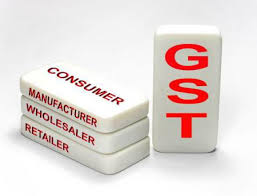
Unlike the normal taxpayer who needs to furnish 3 monthly returns, the dealer who opts for the composition scheme is required to furnish only one return i.e. GSTR-4.
GST payment has to be made out of pocket; the dealer who opts for the composition scheme cannot charge the GST in their invoice. The receiver of the supplies or the consumer will not be liable to pay the GST to the supplier who opts for this scheme.
The dealer who registered under the composition scheme does not need to maintain the detailed records.
If GSTR-4 not filed:
A penalty amount of Rs.100 will be levied if the GSTR-4 is not filed.
The maximum penalty amount of Rs.5000 will be charged. If the GSTR-4 is not filed for a given quarter, then the taxpayer cannot file the next quarter’s return.
How to revise GSTR-4?
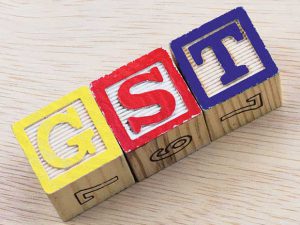
GSTR-4 cannot be revised after filing on the GSTN portal, if you done any mistakes in the return; it can only be rectified in the next month’s return. For example, if you done any mistakes in GSTR-4 which has been filed in the July-September quarter, the correction will be made on the next quarter’s GSTR 4.
Key features of composition scheme:
Tax rate:
Compared to regular GST, the rate of tax which is prescribed in the composition scheme is less but not less than 1% of the turnover during the financial year. Tax rates are between 1% and 3%.
Eligibility:
Not everyone can enrol under this scheme. It is for the taxpayer whose aggregate turnover does not exceed the amount of Rs.1 crore.
Not eligible for input tax credit:
As per section 18, the goods which are under composition scheme would not qualify for input tax credit.
Quarterly returns:
Once every quarter, the taxpayers are required to file the returns instead of 3-4 monthly returns.
Needs voluntary application:
Voluntary registration need to be done every year to avail the benefits of GST composition scheme. If the taxpayer crosses the turnover limit, then he will be transferred to regular scheme.
Even the taxpayer is already a part of the composition scheme also needs to voluntarily register this scheme.
Penalty:
If a person is found as not eligible for this scheme, the tax authorities can impose a penalty equal to the amount of tax on such person and also along with the tax liability. So, it is indeed to be more careful while opting for this scheme:
Applies to intrastate supplies:
The supplies within the state i.e. local suppliers only can take advantage of this scheme. Inter-state suppliers will come under regular GST laws.
Bill of supply:
Taxpayer needs to produce the bill of supply rather than the tax invoice to the tax authorities.
We “Solubilis Corporate Services“, the legal business service providers who are very efficient and reliable in providing the business services at a reasonable cost and within the shortest duration of time.
To know more -> Click here
